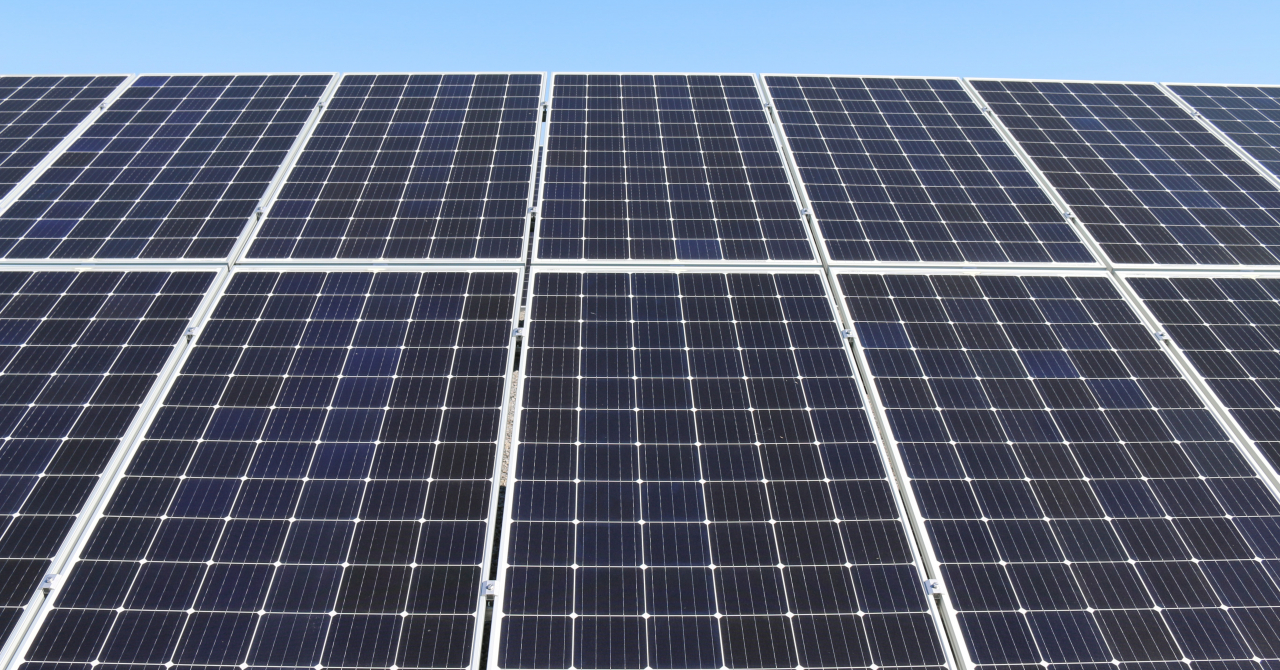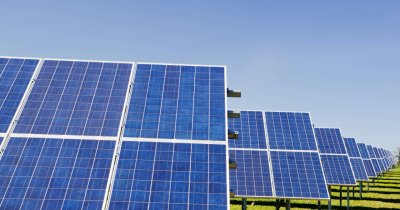The new generation solar cell was developed by Professor Dr. Thomas Riedl's group at the University of Wuppertal, along with researchers from the Institute of Physical Chemistry at the University of Cologne and other partners.
According to Solar Daily, conventional solar cells are based on semiconductor silicon, and they have apparently reached their peak in terms of evolution, which made it necessary for new solar cell technology to be developed in order to allow for a smoother energy transition.
The two alternatives that could represent the future of solar cells have been used in this new product, the first being the organic semiconductor, which is a carbon-based compound capable of conducting electricity under certain conditions.
The organic semiconductors were then paired with perovskite, a material based on a lead-halogen compound, with very good semiconducting capabilities.
Apparently, both of these materials can be made with significantly less prime mater and energy compared to traditional solar cells, which makes this new generation more sustainable.
Because sunlight consists of a variety of colors, good solar cells should be able to capture as much of the color spectrum in order to gain better efficiency. The new tandem cell developed by the team is able, through the different semiconductor materials, to absorb different ranges of the solar spectrum, making the cell more efficient.
The organic semiconductors were used to capture ultraviolet and visible parts of the light, while the perovskite was able to absorb the near-infrared spectrum.
While similar material combinations were tried in the past, the German team of researchers was able to successfully increase its performance, from 20% to 24%.
Dr. Selina Olthof of the University of Cologne's Institute of Physical Chemistry said that "to achieve such high efficiency, the losses at the interfaces between the materials within the solar cells had to be minimized. To solve this problem, the group in Wuppertal developed a so-called interconnect that couples the organic sub-cell and the perovskite sub-cell electronically and optically."
Since the cell components are interconnected, the team used a thin layer of indium oxide, measuring 1.5 nanometer in thickness, in order to keep energy loses as low as possible.
By further optimizing the process of building these cells, the team at Wuppertal said that the efficiency could be boosted to 30%, as shown in a simulation.
 Mihai - Cristian Ioniță
Mihai - Cristian Ioniță












Any thoughts?